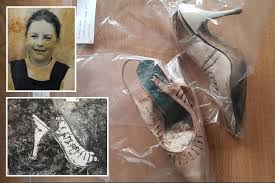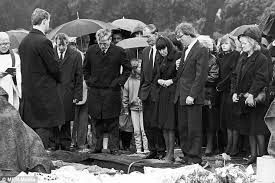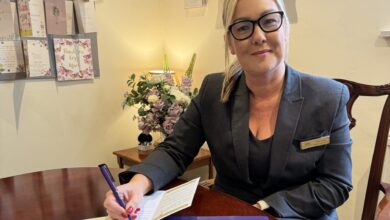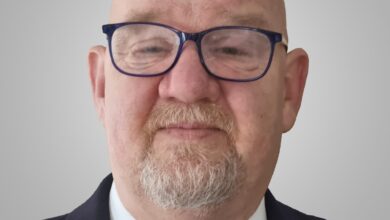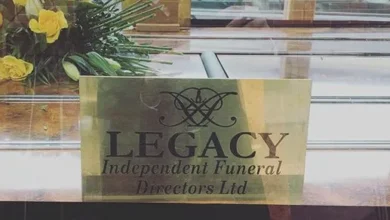Moors murders: Laying Pauline Reade to rest for a second time
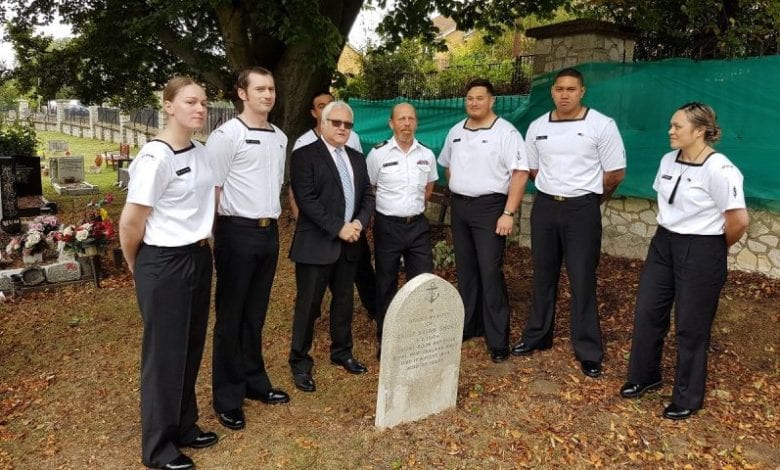
If one mentions the names Ian Brady or Myra Hindley, chances are the majority of people will know who is being spoken about and the events connected to them. The couple gained notoriety as two of the UK’s most prolific serial killers, and with Hindley dubbed “the most evil woman in Britain”, the Moors murders remain one of the most gruesome and tragic stories in Britain in the last century. Despite committing the murders of five children more than 20 years prior, it was only when Brady allegedly confessed to a journalist in 1985 that the true extent of their crimes started to come to light. Their first victim, 16 year old Pauline Reade, was discovered in 1987 some 24 years after her disappearance and subsequent murder on July 12, 1963. She, along with the other victims of Brady and Hindley, was buried on Saddleworth Moor, greater Manchester.
In May 2017, Brady passed away in prison, and with both murderers deceased the Manchester police decided to officially close the file on the case. With the closure of the case, an audit was conducted and any pieces of evidence or artefacts in possession of the force were to be returned. During this audit, it was discovered the police still had some of the belongings and remains of Reade which had been held at Leeds University on behalf of the Greater Manchester Police for 30 years without her loved ones knowing. It was then that they contacted Jackie Reade, Pauline’s niece and one of her two last living relatives, in order to return what rightfully belonged to the victim.
Rowland Brothers Exhumation Services (RBES) has been offering its services nationwide since 1971, and among the exhumation of war soldiers and the reburial of human remains, this was one of the projects the firm was approached to carry out. Michael Gill, special projects manager, says: “The original contact came from her solicitors – the niece who wanted all this to happen was the nearest relative that was left.”
Months after Brady’s death, the solicitors returned to RBES having completed all of the necessary paperwork and permissions for the exhumation at Gorton Cemetery, where Reade had been laid to rest, and the project was set in motion. “The whole thing took well over six months which is probably normal for an exhumation.” What was less common about this exhumation however, was the fact that it was a publicly known person meaning RBES had to make sufficient preparations for any potentially intruding members of the press or public. While the erection of a tent is commonplace during an exhumation to give the deceased respect and privacy, an especially large tent was used to exhume the body of Reade to give the firm more room and create a larger distance between them and any members of the public. “We had a whole working area which we could work within and still be undercover without photographers getting pictures.” The Greater Manchester Police were also present during the exhumation to provide extra security and keep things in order. Fortunately, the media gave the team the space they needed, as Gill describes: “The press were very respectful. They took the pictures they needed but they didn’t get too close.”
Another reason for the use of a larger than normal tent came down to the fact that Reade was buried with her family members. “We needed to find a way to remove three deceased and to keep them within a few metres of the grave but out of view before we could replace these items to her grave,” Gill says. “We needed four permissions, four licenses (from the Ministry of Justice) to exhume four deceased. The solicitors dealt with that and got the licenses.” Although her body was discovered some 20 years after her death, Reade was the first in her immediate family to be buried. Her father, Amos, was buried above her, followed by her mother Joan and lastly her brother Paul who died in 2007. “The problem we had was we had to move three people before we could even get to her coffin,” Gill explains. “We only need to cover the area we’re working on but we needed more room this time to keep the soil to one side. And then we could go to a separate area on the other side where we could place the deceased once we took them out.”
As a significant area was required for the project, it was also important the RBES took care not to disturb or intrude upon the nearby graves in the cemetery where 80,000 have been laid to rest. As Gill notes, a family whose loved one was buried near the Reade plot were found to be “quite upset” during the process as they were not fully aware of what was happening at the time. “We didn’t want to have the family upset by having police everywhere but at the same time we didn’t want people rushing down to see what was going on.”
The items which were kept in the possession of the police and needed to be returned to Reade included her jaw bone, hair samples, a chain, medallion, coins, buttons and the white stiletto shoes she had bought earlier on the day she had disappeared and was wearing on the night she had died – famously the first articles discovered when police first came across her body in its shallow grave. “We were asked to put them into the location of where they would have been; so her jaw was to be in the area of the head of the coffin and her shoes at the foot,” Gill says. “It was very difficult after such a long time with three other burials on top, we were thinking maybe it might be possible to put the shoes on her feet but it simply wasn’t. We just weren’t in that situation with the amount of soil that had moved into the coffin over time. We placed most of the items at the head of the coffin, within an inch or two of where they ought to be – same as her shoes.”
Up until the exhumation, Gill at the RBES team had only had contact with the family solicitors but Jackie Reade was present and observed the process on the day. “Her niece was there most of the time. The items were in a little pouch and she had it. She handed it over to the local funeral director, Paul Braithwaite, he handed it to me, I handed it to David (Collins, managing supervisor at RBES) who was actually in the grave at the time and he placed them as close as possible to where her niece wanted the items.” Being only one of the two Reade relatives left along with her sister Lynn who couldn’t attend the exhumation, Jackie made sure to be present for most of the day. Reade’s childhood best friend Pat Garvey was also in attendance. “We were at the cemetery just after 6am and we were on site for well over six hours,” Gill says. “It could have gone on quite a lot longer; it was quite extensive as far as exhumations are concerned it went on a long time.” He adds: “She was there for most of the time, she had a long day as well.”
Contradictorily to how the event was reported in the media and despite Jackie being present, Gill insists the process did not consist of a ‘second funeral’. Gill continues: “What happened was we moved the deceased from the plot so we could get to her coffin, replaced the items then put the deceased back. It wasn’t a nice funeral service with a ceremony, priest, it was an exhumation – which is pretty prosaic; they’re pretty unpleasant, dirty, hard work, especially the soil in that area,” he says. “We carry out the exercise to get these items into the coffin and she just wanted to be present until she knew it was done. If she wants to come back with a minister and have a service later that’s up to her.”
The 44 year old, who was just 13 when she attended Reade’s funeral with her grandma, expressed her gratitude to RBES for the work they had done. “She eventually placed the wreath on top of the grave. She was so relieved to get it done, she felt responsible for the whole thing.”
While this project may be one of the most high profile ones that RBES has had to carry out, the firm completes a lot of important work, redeveloping old burial grounds, repatriating war soldiers and exhuming graves in Euston to make way for the HS2 in 2019. “It’s just a service we offer within Rowland Brothers as funeral directors that have the experience to do all these things.”


